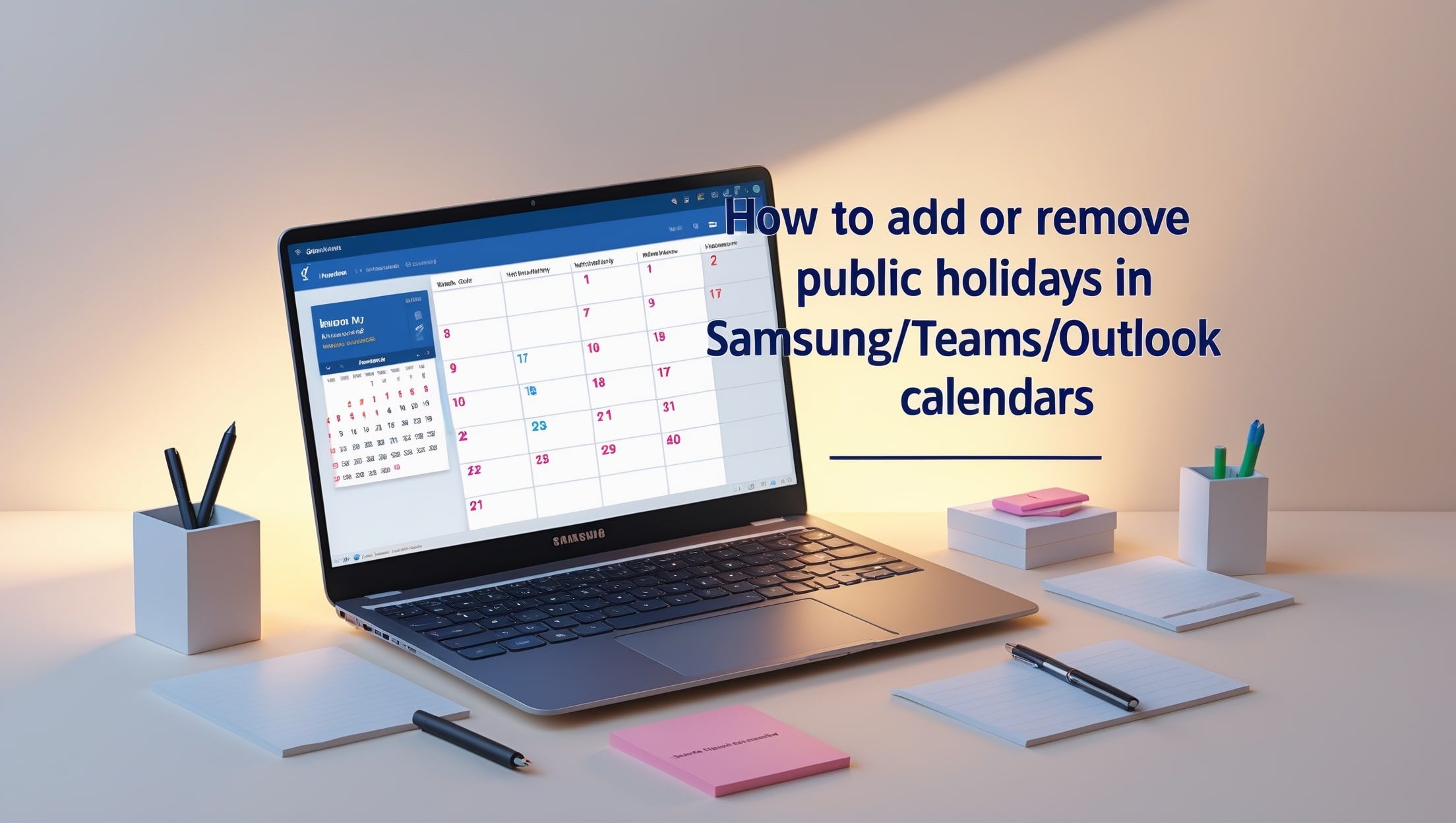You're waiting for a delivery. Or maybe you're tracking a five-day deadline. But then a public holiday hits, and suddenly your timeline gets fuzzy. Does that day still count? When you're dealing with business-day calculations, public holidays matter more than you might think.
What is a business day, exactly?
A business day is typically any weekday, Monday through Friday, excluding weekends and public holidays. It’s used in everything from legal contracts to shipping estimates and refund policies. To understand these schedules better, some organizations refer to official calendar systems to stay consistent with regional standards.
That means if someone says “5 business days,” they usually mean five working days when offices, banks, and postal services are open.
When public holidays interrupt the count
Let’s say you submit a form on a Monday and you're told it will be processed in five business days. Normally, that means the next Monday. But if there’s a public holiday on Friday, then the deadline moves to Tuesday instead.
Public holidays break up the count. That’s why timing around major holidays, like Christmas, Easter, or national celebrations can cause things to slow down even more than expected. Many companies rely on a world clock to monitor time differences alongside local holiday schedules when coordinating across regions.
Industries most affected
- Shipping & Logistics: Couriers don’t operate on public holidays, causing delivery backlogs. Time-sensitive shipments often depend on accurate time zone coordination.
- Banking: Transactions pause on bank holidays, especially with international transfers.
- Customer Service: Support centres may be closed or have reduced staff, delaying responses.
- Legal & Government Services: Courts, offices, and embassies won’t count holidays in official deadlines.
If your business or your customers depend on timely delivery or responses, ignoring public holidays in your calculations can lead to missed expectations.
Do all countries treat holidays the same?
Not at all. Public holidays vary wildly between countries, and even within them. Australia, Germany, and the U.S. all have regional holidays that only apply in specific states or areas. What’s a normal workday in London could be a bank holiday in Scotland. To get a clearer overview of these differences, checking regional listings on country-specific resources can help.
If you operate across borders, you’ll need to track holiday calendars in each location. Tools like shared calendars or automated workflow software can help you avoid accidentally scheduling a deadline on a non-working day. A time zone map can also be handy when managing teams or clients worldwide.
How to stay ahead of delays
Here are some ways to keep your timelines accurate:
- Use business-day calculators that factor in holidays
- Sync holiday calendars for every region your team or customers operate in
- Communicate clearly about delays around known public holidays
- Build in extra buffer time around busy holiday periods like Christmas and New Year, or plan ahead using an event planner.
When you're transparent about how holidays affect timing, you reduce the chance of complaints or confusion.
Timelines that count every day
Some processes count calendar days, not business days. Subscription renewals, shipping from warehouses that work weekends, or return policies may include weekends and holidays in their clocks. Tracking these differences is easier when paired with reliable timer tools for consistency.
If a return policy says “30 days,” it usually means 30 calendar days, regardless of holidays. That’s different from “30 business days,” which might stretch over six or seven weeks.
Don’t let a holiday catch you off guard
Whether you're a business owner, freelancer, or just tracking a refund, knowing how public holidays impact business-day calculations can save you stress. Always check the calendar, plan ahead, and remember: just because it's a Monday doesn’t mean it’s a workday.









